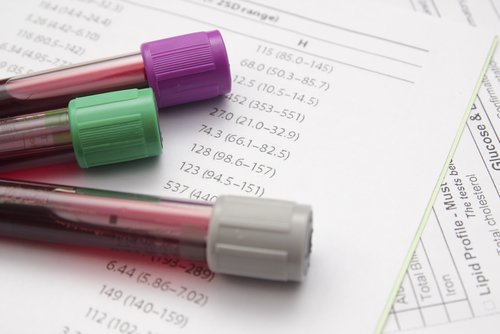Researchers Propose a New Subtype of SCD, Dyslipidemic, Based on Abnormal Lipid Profile
Written by |

Brazilian researchers suggest that a new clinically relevant subgroup of sickle cell disease (SCD) should be considered, based on hematological and biochemical parameters in patients with SCD. Determination of classical biomarkers and lipid parameters can contribute to a better definition of this complex disease and improve patient’s clinical care, they concluded.
Their study, “Association of classical markers and establishment of the dyslipidemic sub-phenotype of sickle cell anemia,” appeared in Lipids in Health and Disease.
SCD is characterized by hemolysis — the rupture of red blood cells — as well as chronic and acute inflammation and vaso-occlusive complications. These features can lead to multiple organ damage and, in severe cases, death. Patients with SCD are often stratified according to sub-phenotypes based on specific hematological and biochemical parameters.
These patients can be clinically classified as vaso-occlusive or hemolytic. Although these profiles often overlap, the vaso-occlusive subtype is associated with blood viscosity and vaso-occlusive episode, such as acute chest syndrome or stroke, while the hemolytic subgroup is linked to red blood cells rupture and blood vessels tissue (endothelium) dysfunction.
Alterations in the metabolism of fats, or lipids, have been associated with the hemolytic subtype and with blood vessels tissue dysfunction. Measurement of different lipid elements is thought to be a potential predictor of SCD severity.
Based on several reports showing the importance that lipids can have in SCD and its progression, the authors of this study hypothesized that a clinical assessment of the patients’ lipid profile could improve disease management and standard of care of SCD patients.
Working with the Sickle Cell Disease Reference Center of Itabuna, in the northeastern Brazilian state of Bahia, they evaluated several hematological and biochemical parameters of 99 patients with SCD. Their analysis showed that biomarkers of endothelium function were negatively associated with lipid parameters, but positively associated with hematologic biomarkers.
On the other hand, low lipid levels were associated with low hematologic markers. Based on these results, the authors propose that a third subtype of SCD should be considered.
“The laboratory parameters corroborate previously described hemolytic and vaso-occlusive/viscous sub-phenotypes,” the authors wrote. “Our data are consistent with previous reports about dyslipidemia in SCA. Thus, we suggest the establishment of the dyslipidemic sub-phenotype.”





